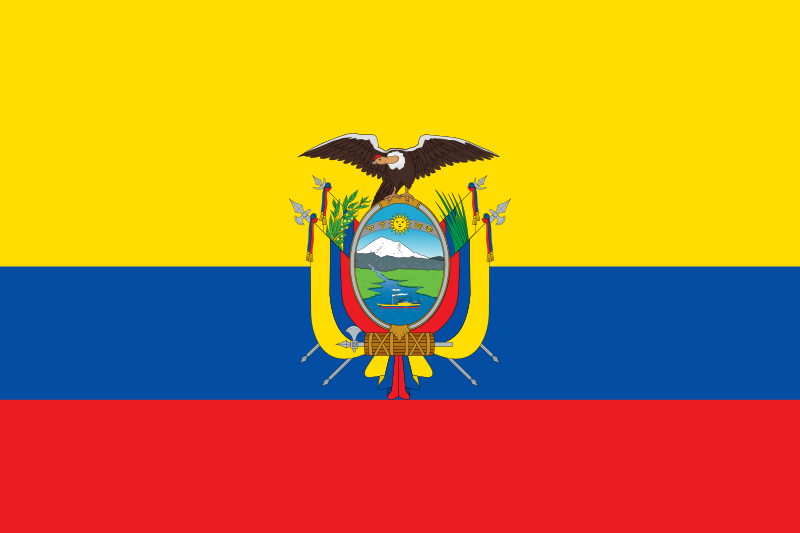February marked two years since the Russian invasion of Ukraine. This has not only caused the displacement of millions from their homeland to Europe and beyond, but it has permanently shifted Ukraine’s drug markets and people’s consumption patterns with them.
As a country with a previously solid harm reduction foundation, Ukrainian drug services had to adapt to the war. Many spaces became makeshift shelters, providing humanitarian assistance to people using drugs, ensuring there was stable access to HIV medication, or to opioid substitutes like methadone. However, it was not only the organisations assisting people using drugs that changed due to the war; those producing, moving and selling them also changed their ways.
Changing drug markets
The Global Initiative Against Transnational Organised Crime (GI-TOC), a think-tank based in Switzerland, has been tracking the development of drug markets since the start of the war. In a recent event launching their latest report taking stock of the changing Ukrainian drug market, they highlighted just how much the landscape for drug trafficking has changed.
Before the invasion, Ukraine had a well-established market for drugs internally, with cannabis, amphetamine-type stimulants and new psychoactive substances being the most commonly used substances.
Ukraine also played an important role in drug trafficking for Eastern Europe, as it sits in a strategic position for drug flows through Europe, Africa, and Asia. Odesa has historically been the primary entry point for cocaine entering Eastern Europe from Latin America, as well as Chinese precursors for amphetamines and other synthetic substances. Ukraine has also been a key route for heroin flow into Europe since at least the early 2000s, flowing from the East (particularly Central Asia) into the rest of Europe.

Ukraine has always had a significant group of people using heroin, with about 320,000 adults injecting it across Ukraine (representing around 0.7% of the population). The invasion destabilised heroin’s main entry points, causing immediate shortages in their access; GI-TOC confirmed that to this day, heroin remains in great shortage across Ukraine. Access to cocaine was also seriously destabilised: Odesa’s ports were temporarily blocked at the start of the war, meaning both “normal” and drug shipments struggled to enter the country.
With access limited and many of the traditional (richer, upper class) consumers of cocaine fleeing the country, the drug’s price spiked throughout 2022. Only when rich displaced Ukrainians returned to their country did the market begin to normalise: prices only stabilised at pre-war levels from May 2023 onwards as new cocaine transit routes through Romania (and into Western Ukraine) became available.

With heroin, the displacement of the market has been hard to fulfil. An industry of illicit methadone and buprenorphine has expanded significantly: the supply comes both from those diverting methadone from private clinics, but also from illicitly manufactured methadone.
The rise of salts
Synthetic drug use was already on the rise before the war: the number of amphetamine-producing labs busted by Ukrainian police rose from 17 in 2019 to 67 in 2020. Restricted drug markets, as well as an increased demand for drugs from those dealing with their new lives on the frontlines, or new realities in war-time Ukraine, created the fertile conditions for “salts” to dominate the market.
Cathinones, commonly known as salts, are a class of synthetic stimulants that are used worldwide: precursors are sourced from around the world, and cooks are able to set up makeshift labs across the country to produce and distribute these drugs with ease. The most commonly found in Ukraine are currently alpha-PVP and mephedrone.
Salts are increasingly used by young people across Ukraine: children as young as 14 are reportedly using them to deal with the stress and ongoing trauma of the war. However, GI-TOC confirmed from field research that salts’ consumption extended to those on the frontlines.
Frontline drug purchases are easy: soldiers bring drugs with them from cities, or they use frontline-specialised drug sellers. There are serious health concerns around the use of salts, which are associated with psychological distress (such as intense paranoia, impaired social functioning) and renal complications.
Khimprom – a new model of drug production and trafficking
A noteworthy concern was the rise of Khimprom and their innovative approach to drug production. Khimprom is a criminal enterprise operating across Russia and Ukraine which has been operating since 2014.
“[Khimprom’s] big innovation lies in the removal of the human factor, much like major online commerce platforms… Everything goes through the network, paradoxically reducing violence as well,” Ruggero Scaturro, author of the GI-TOC report, told TalkingDrugs.
The group stands out due to their unique approach to drug production. Khimprom essentially conduct a “franchise” model of business: anyone can get in touch with them to highlight their interest in producing and selling drugs; Khimprom then provides them with the precursors and infrastructure needed to set up production. The new “franchise owner” then starts producing and selling drugs through Khimprom’s proprietary online marketplace, RuTor.
Khimprom has been running an interesting and clearly successful model. Their franchise approach has also enabled them to expand their reach; they already operate in Kazakhstan (where 15 tons of precursors were already seized), Georgia, Czechia and Slovakia, and could expand further with their model. They also run a customer experience line, where people can call with any concerns on the quality of products they have bought.
Beyond paying their members well, Khimprom additionally ran public campaigns to reduce competition. Their billboard campaign called “Catch the Dealer” used Ukrainian celebrities to encourage people to call the police on their dealers in exchange for a large financial reward.
“Khimprom can rely on influential individuals in institutional circles – likely law enforcement agencies- who facilitate their trafficking by directing seizures towards rival clans,” Scaturro added.
Khimprom’s deft use of high-level influence and public support has enabled them to suppress competition across Ukraine, and consolidate their role as primary drug traffickers during this turbulent time.
A note on Ukrainian cannabis
Much of the drug-related news around Ukraine has been about its move to legalise medical cannabis. Supported by Zelensky himself, medical cannabis has been framed as necessary to rehabilitate returning soldiers and war-related traumas. While the bill was signed in December 2023, it will come into effect in July 2024. Cannabis was already the most used substance in Ukraine before the war; medical legalisation may be helpful to support the country’s economy and provide mental support for those impacted by the war.
However, the connections with organised crime and its widespread use will not be resolved by medical regulation. Many of the details on the Ukrainian cannabis model are yet undefined: while the model will be primarily pharmacy-centred, licensing requirements, stringent manufacturing practices mean that some experts expect legal Ukrainian cannabis production to only happen in 2026. This means that the illicit market will remain an important source of access for medical patients as well as recreational consumers. The infrastructure for illegal cannabis production and sales is not likely to go away anytime soon.
Will Ukraine’s drug markets keep shifting?
For Scaturro, “cocaine flows [in 2024] will likely depend on what Odesa will do in the future, and also the war, considering that many wealthy users left Ukraine, taking their habit with them.” He also commented that synthetic opioids, particularly methadone, will remain important substances in the Ukrainian market; salts seem like they are also here to stay.
Through 2024 and the incoming years, it will be important for Ukraine to return to its harm reduction traditions, supporting people with a stable access to medication. The lasting impact of the war is undeniable; it will be important to reduce the harms from the war and consequential drug habits for many years to come. The continued criminalisation of drugs means that the challenges harm reduction organisations in Ukraine have always faced will remain, just exacerbated by the ongoing war.
Speaking on an online webinar on GI-TOC’s report, Ganna Dovbakh, Head of Eurasian Harm Reduction Association (EHRA), shared her concern for the lack of support services for people suing amphetamine-type stimulants like salts. Psychiatric knowledge needs to be integrated with addiction responses to ensure that people developing mental health issues from salts are supported and understood. While EHRA has developed resources to support people who use these novel psychoactive substances, there is little information available on what the long-term effects of their use may be.


